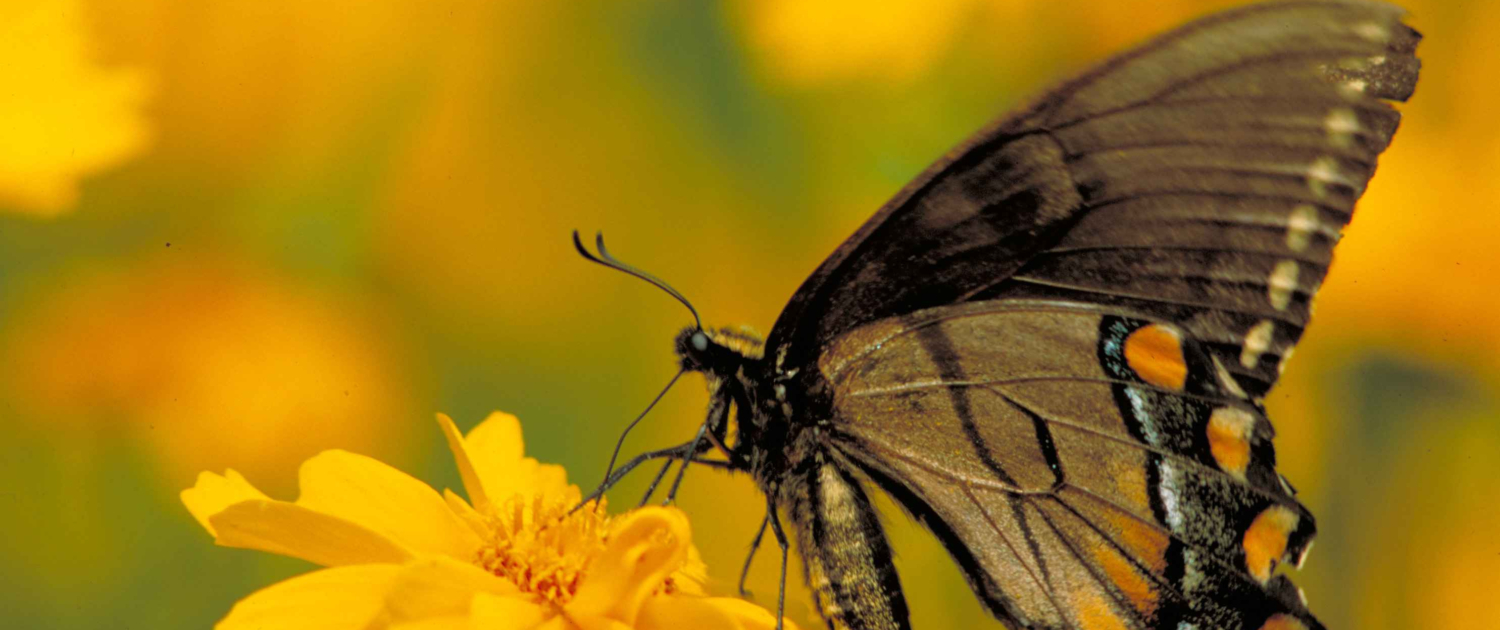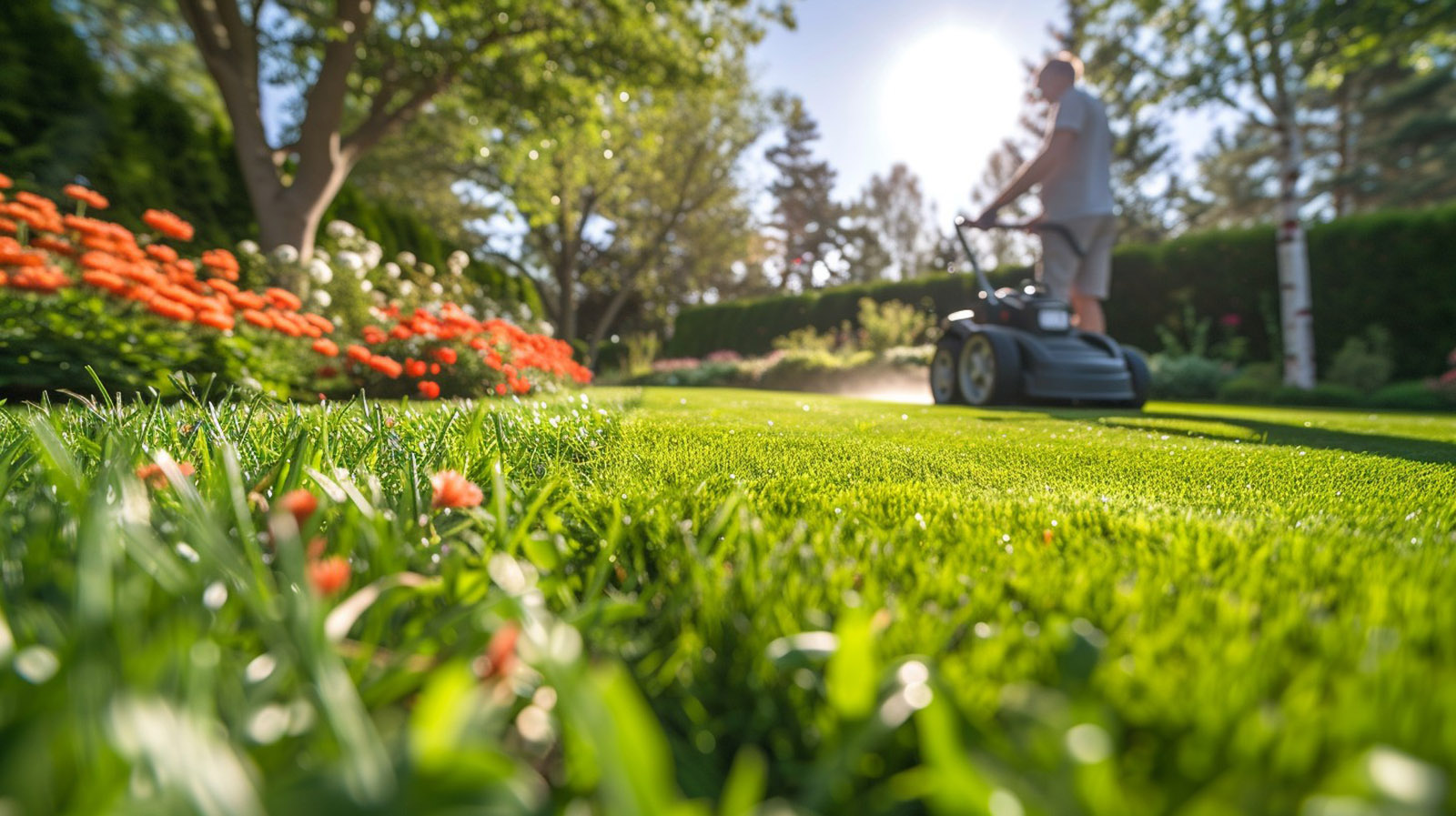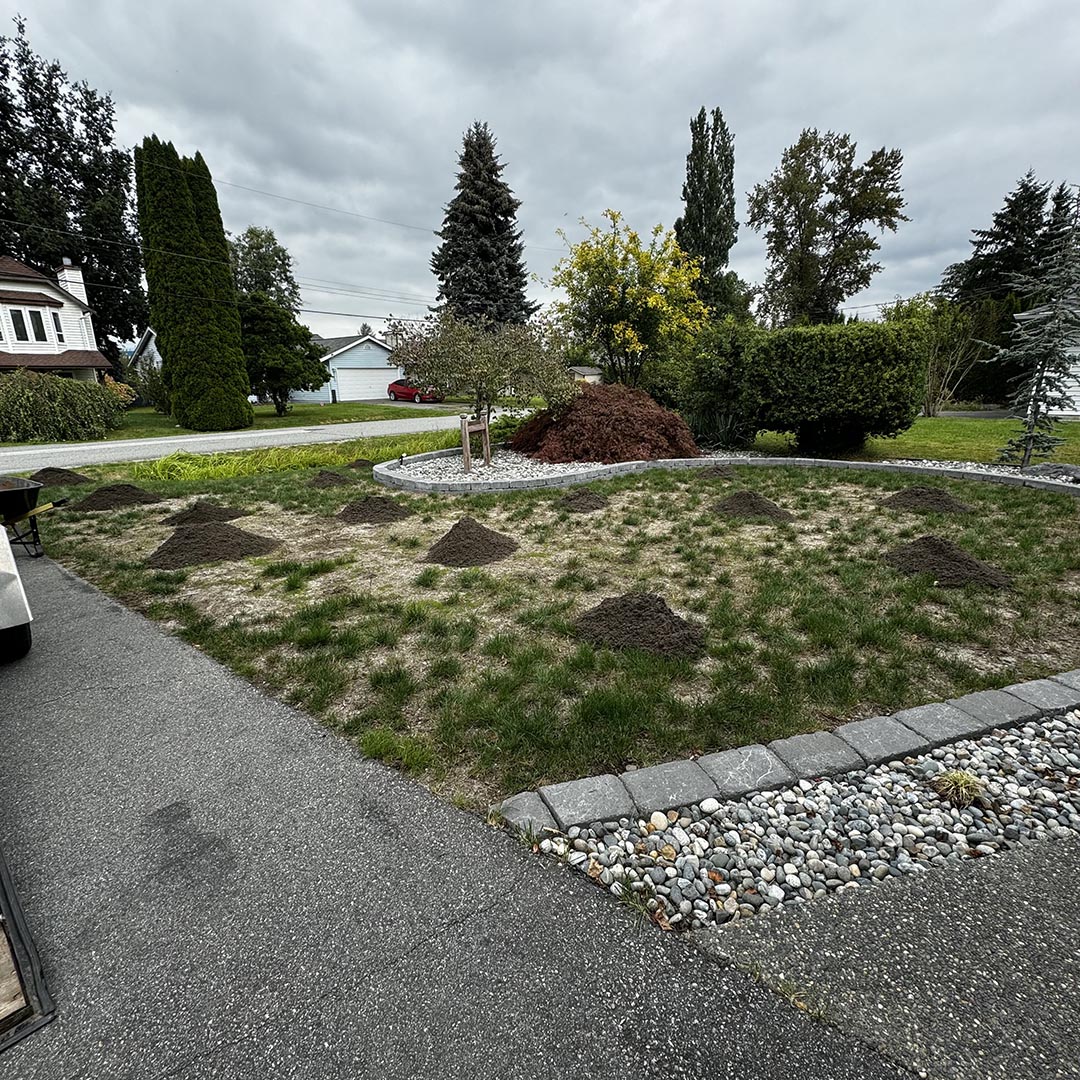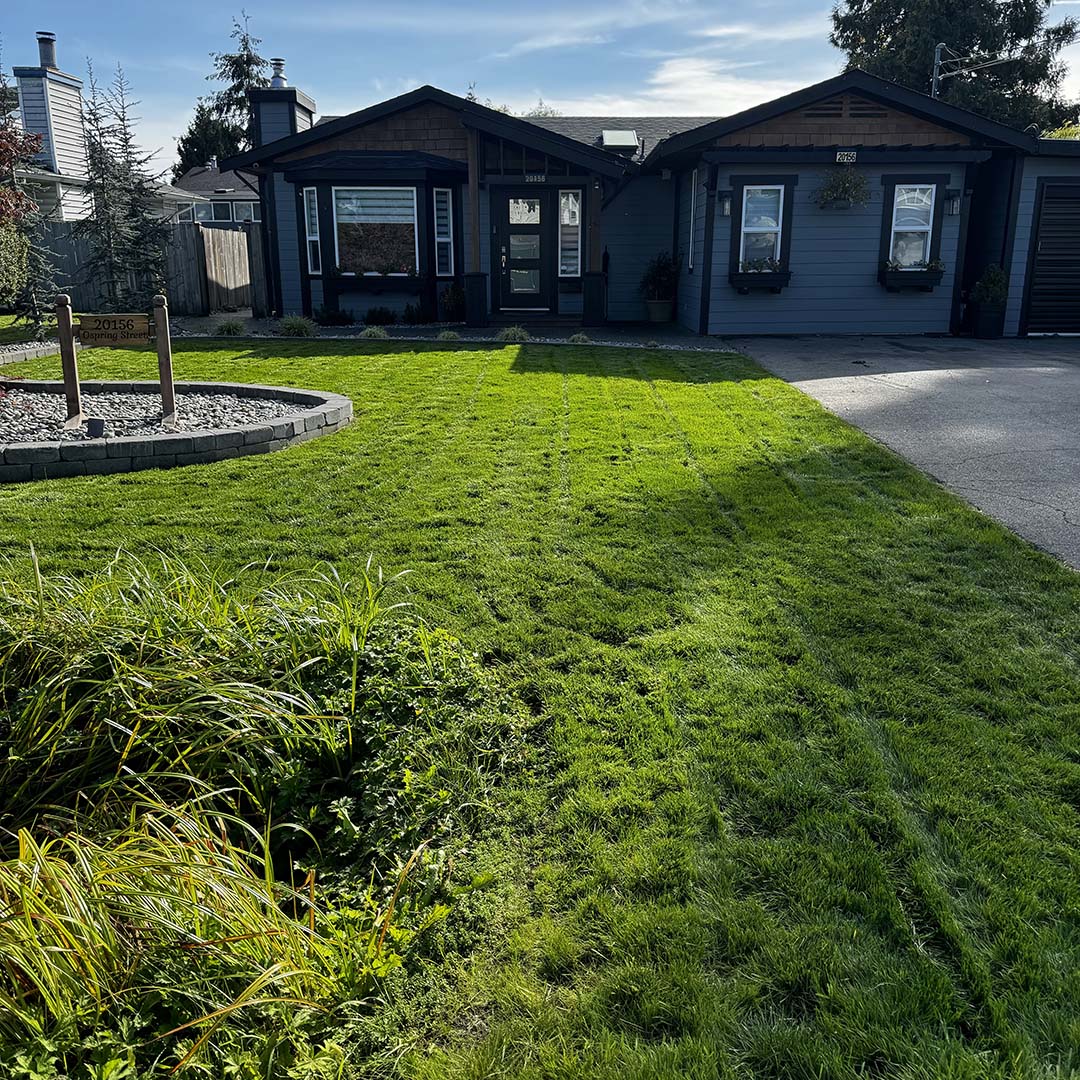
Transform your outdoor space into a haven for butterflies and bees with these simple yet effective tips for creating a butterfly and bee-friendly garden. Whether you’re in the lush landscapes of Vancouver Island, the vibrant Lower Mainland, or the sunny Okanagan, these strategies are tailored to suit your local climate and weather conditions.

How to Create a Butterfly and Bee-Friendly Garden
- Choose Native Plants: Opt for native flowering plants that are well-suited to your region’s climate and soil conditions. Native plants provide a natural food source for local pollinators and require minimal maintenance once established.
- Plant a Variety of Flowers: Create a diverse range of flowering plants to attract a wide variety of butterflies and bees. Choose plants with different shapes, sizes, and colors to provide nectar and pollen throughout the growing season.
- Include Host Plants: Incorporate host plants into your garden to provide food and habitat for butterfly larvae (caterpillars). Research native host plants for local butterfly species and include them in your landscape design.
- Provide Water Sources: Ensure that your garden has a reliable water source, such as a shallow birdbath or small pond, where butterflies and bees can drink and bathe. Add rocks or pebbles to provide landing spots and prevent drowning.
- Create Sheltered Areas: Include sheltered areas in your garden, such as dense shrubs, tall grasses, or wooden structures, where butterflies and bees can seek refuge from wind and predators.
- Avoid Pesticides: Minimize or eliminate the use of chemical pesticides and herbicides in your garden, as they can harm butterflies, bees, and other beneficial insects. Instead, use natural alternatives or practice integrated pest management techniques.
- Plant in Clusters: Plant flowers in large clusters or drifts rather than scattered individual plants. This makes it easier for butterflies and bees to locate food sources and increases the effectiveness of pollination.
- Provide Sunlight: Choose a sunny location for your butterfly and bee-friendly garden, as most flowering plants prefer full sun. Ensure that your garden receives at least 6-8 hours of direct sunlight each day.
- Create a Nectar Buffet: Plant a succession of blooming flowers to provide a continuous supply of nectar throughout the growing season. Include early spring, summer, and fall-blooming plants to support butterflies and bees year-round.
- Educate Yourself: Learn about the specific needs and behaviors of local butterfly and bee species to better understand how to attract and support them in your garden. Join local gardening clubs or attend workshops to expand your knowledge.

How to Create a Butterfly and Bee-Friendly Garden
By following these guidelines, you can create a beautiful and thriving butterfly and bee-friendly garden that not only enhances the beauty of your outdoor space but also supports essential pollinators and promotes biodiversity in your local ecosystem. Join the effort to protect and preserve these valuable insects by creating a welcoming habitat in your own backyard.







